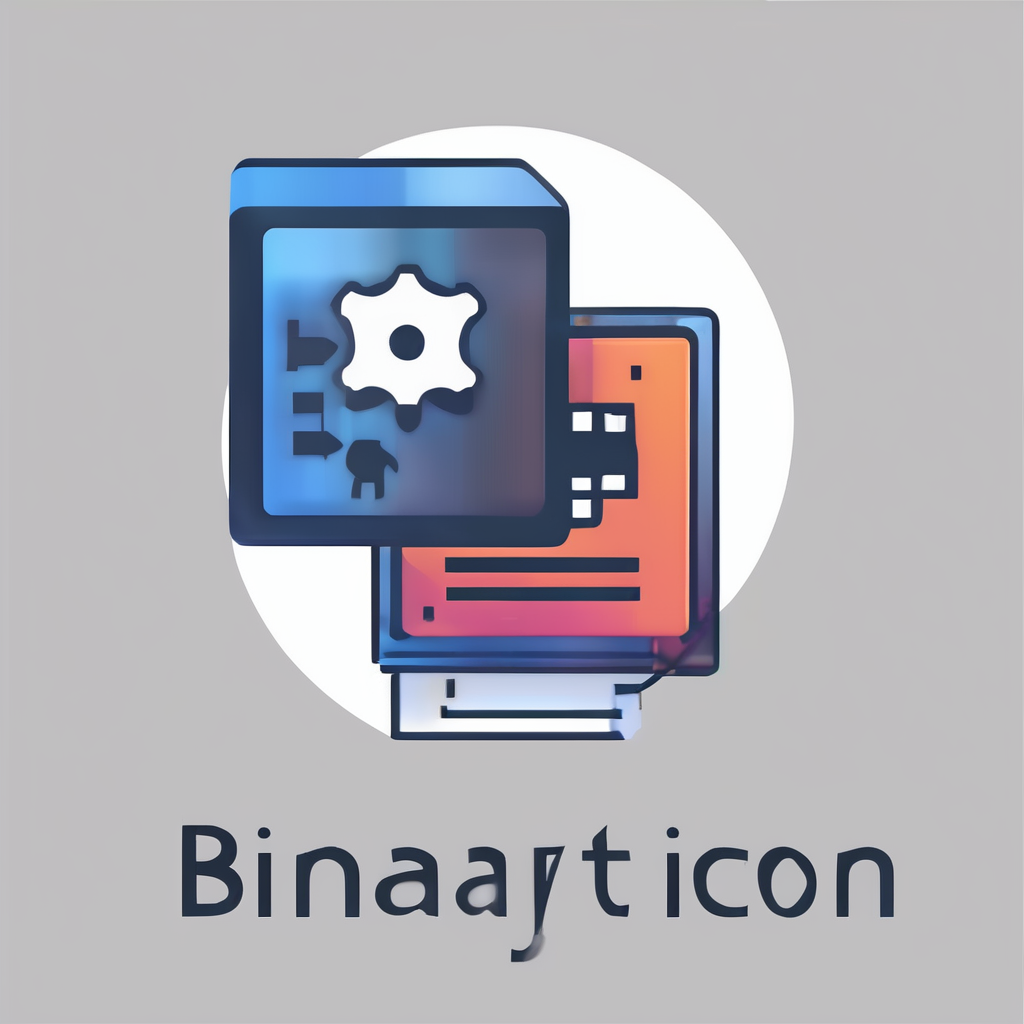Unlocking the Roadblocks: Challenges of Voice-Controlled Interfaces in Strategy Games Revealed to Voice-Controlled Interfaces in Gaming
Voice-controlled interfaces have revolutionized the way we interact with technology, and their integration into strategy games is no exception. However, despite the advancements in voice user interface (VUI) technology, several challenges persist that can significantly impact the user experience. In this article, we will delve into the intricacies of these challenges and explore how developers and gamers can overcome them.
Understanding Voice User Interfaces (VUIs)
Before diving into the challenges, it’s essential to understand how VUIs work and their benefits. A VUI allows users to interact with a system using voice commands, leveraging technologies like automatic speech recognition, natural language understanding, and speech synthesis[4].
In the same genre : Endless Urban Realms: The Impact of Procedural Generation on the Future of City-Building Games
Components of VUI
- Automatic Speech Recognition: This component interprets spoken requests from the user.
- Natural Language Understanding: This part processes the intent and context of the user’s command.
- Speech Synthesis: This feature generates an artificial human voice to respond to the user.
Challenges in Voice-Controlled Interfaces
Accent and Dialect Recognition
One of the primary challenges in VUI design is the accurate recognition of accents and dialects. Voice recognition systems often struggle to interpret these variations, leading to misunderstandings and errors. For instance, a user with a strong regional accent might find that their voice commands are frequently misinterpreted, causing frustration and disrupting the gaming experience[1].
Background Noise and Environmental Factors
Background noise can significantly impair the ability of a VUI to understand commands. In a gaming environment, this could mean that the system struggles to distinguish between the user’s voice and other sounds, such as game audio or ambient noise. This issue is particularly pertinent in strategy games where real-time decisions are crucial, and any delay or misinterpretation can be costly[1].
In the same genre : Mastering Real-Time Language Translation for Seamless Multiplayer Gaming: Top Strategies for Fluent Communication
Vague or Unclear Commands
Users often give vague or unclear commands, which can confuse the VUI. In strategy games, where precision is key, such misunderstandings can lead to incorrect actions being taken, affecting the game’s outcome. For example, a command like “attack the enemy” might be too vague if there are multiple enemy units on the screen[1].
Practical Challenges in Strategy Games
Real-Time Decision Making
Strategy games require quick and precise decision making. However, VUIs may not always be able to keep up with the pace of the game. Here are some practical challenges:
- Delayed Responses: The time it takes for the VUI to process and respond to commands can be critical in real-time strategy games.
- Misinterpretations: Even slight misinterpretations can lead to disastrous outcomes, such as attacking the wrong unit or failing to execute a crucial command.
- Contextual Understanding: The VUI needs to understand the context of the game at any given time. For example, if a user says “attack the base,” the system must know which base is being referred to and execute the command accordingly[1].
Example: Multi-Turn Dialogues
In strategy games, multi-turn dialogues are common. For instance, a user might ask, “What is the status of my troops?” followed by “Deploy them to the eastern flank.” The VUI must remember the context of the conversation to provide accurate and relevant responses. Here’s how this could play out:
| User Command | Expected VUI Response |
|---|---|
| What is the status of my troops? | “Your troops are currently stationed at the western flank.” |
| Deploy them to the eastern flank. | “Troops deployed to the eastern flank.” |
Handling Unexpected Responses
Users may provide unexpected responses or change topics mid-conversation. The VUI must handle these situations gracefully to maintain a smooth user experience. For example, if a user asks for a unit’s status and then suddenly asks about resource management, the VUI should politely acknowledge the change and offer to assist with the new query[1].
Overcoming Challenges
Improving Voice Recognition Accuracy
To overcome the challenges of accent and dialect recognition, developers are using advanced language models to help the VUI understand different accents and dialects. Here are some strategies:
- Machine Learning: Implementing machine learning algorithms that can learn from user interactions and adapt to different accents and dialects.
- User Feedback: Collecting user feedback to improve the VUI’s understanding of various speech patterns.
- Noise Cancellation Techniques: Enhancing noise cancellation techniques to better filter out background noise[1].
Enhancing User Experience
Clear Communication
Clear and concise communication is key to a successful VUI. Here are some tips:
- Distinct Wake Words: Using distinct wake words like “Alexa” or “Hey Google” to trigger the device.
- Audio Cues: Using audio cues and silence detection to signal when the system is listening or speaking.
- Feedback Mechanisms: Providing clear feedback to the user, such as confirming when a task is completed[2].
Contextual Awareness
Understanding the user’s intent and context is crucial. Here’s how it can be achieved:
- Long-Term Context Management: Storing and retrieving information about the user’s interactions over time to provide personalized recommendations and anticipate needs.
- Real-Time Processing: Processing commands in real-time to ensure immediate responses and actions[1].
Security and Privacy Concerns
Protecting Sensitive Information
Voice assistants often handle sensitive information, such as addresses or credit card numbers. Ensuring the security of this data is paramount.
- Encryption: Using robust encryption methods to protect user data.
- Secure Data Storage: Ensuring that data is stored securely and access is controlled.
- Transparent Data Practices: Implementing transparent data practices and clear privacy policies to build trust with users[1].
Example: Google Workspace and Google Cloud
Platforms like Google Workspace and Google Cloud emphasize the importance of security and privacy. For instance, Google Cloud’s robust security measures, including encryption and access controls, ensure that sensitive information is protected. This is particularly important in business settings where data security is critical.
Accessibility in Strategy Games
Adaptive Technologies
Voice recognition technology has also been instrumental in making strategy games more accessible. Here are some ways it benefits players with disabilities:
- Voice Commands: Allowing players to control in-game actions using voice commands, which can be particularly beneficial for players with limited dexterity.
- Customizable Controllers: Integrating voice commands with customizable controllers, such as Microsoft’s Xbox Adaptive Controller, to provide a more inclusive gaming experience[3].
Real-World Use Cases and Customer Experience
Customer Service Integration
Voice-controlled interfaces can also be integrated into customer service platforms to enhance the user experience. Here’s an example:
- Google Assistant in Customer Service: Using Google Assistant to handle customer inquiries and provide real-time support. This can include tasks like setting appointments, answering FAQs, and even assisting with complex issues through multi-turn dialogues.
Renewable Energy and Supply Chain Management
In the context of business operations, VUIs can be used in various sectors, such as renewable energy and supply chain management.
- Real-Time Monitoring: Using VUIs to monitor and control renewable energy systems in real-time, ensuring optimal performance and efficiency.
- Inventory Management: Managing inventory through voice commands, which can be particularly useful in warehouses where hands-free operation is beneficial[4]. and Future Directions
Voice-controlled interfaces in strategy games hold immense potential but are not without their challenges. By addressing issues such as accent recognition, background noise, and security concerns, developers can create more robust and user-friendly VUIs.
Long-Term Development and Management
Long-term development and management of VUIs are crucial for their success. Here are some key takeaways:
- Continuous Improvement: Continuously updating and improving the VUI based on user feedback and technological advancements.
- Cross-Platform Compatibility: Ensuring that VUIs are compatible across various platforms to provide a seamless user experience.
- Content Creation: Focusing on content creation that is optimized for voice interactions, such as voice-based tutorials and guides[4].
As technology continues to evolve, we can expect to see more sophisticated VUIs that integrate seamlessly into our gaming and real-world experiences. By overcoming the current challenges, we can unlock the full potential of voice-controlled interfaces and create more inclusive, efficient, and enjoyable interactions.
Practical Advice for Developers and Users
Tips for Developers
- User-Centric Design: Design VUIs with the user in mind, focusing on clear communication and contextual awareness.
- Testing and Prototyping: Thoroughly test and prototype VUIs to ensure they handle various user queries and scenarios effectively.
- Security and Privacy: Prioritize security and privacy, implementing robust measures to protect user data.
Tips for Users
- Clear Commands: Use clear and specific commands to avoid misunderstandings.
- Feedback: Provide feedback to developers to help improve the VUI.
- Customization: Take advantage of customization options to tailor the VUI to your needs and preferences.
By working together, developers and users can create and enjoy more effective and enjoyable voice-controlled interfaces in strategy games and beyond.
Table: Comparing VUI Capabilities in Different Platforms
| Platform | Wake Words | Natural Language Understanding | Contextual Awareness | Security and Privacy |
|---|---|---|---|---|
| Amazon Echo (Alexa) | “Alexa” | High | High | Robust encryption, secure data storage |
| Google Home | “Hey Google” | High | High | Robust encryption, secure data storage |
| Siri | “Hey Siri” | Medium | Medium | Secure data handling, transparent policies |
| Xbox Adaptive Controller | Customizable | High | High | Secure data handling, customizable security settings |
Detailed Bullet Point List: Overcoming VUI Challenges
-
Improve Voice Recognition Accuracy:
-
Use advanced language models to understand different accents and dialects.
-
Collect user feedback to adapt to various speech patterns.
-
Enhance noise cancellation techniques.
-
Enhance User Experience:
-
Use distinct wake words to trigger the device.
-
Implement audio cues and silence detection.
-
Provide clear feedback mechanisms.
-
Ensure Security and Privacy:
-
Use robust encryption methods.
-
Ensure secure data storage and access controls.
-
Implement transparent data practices and clear privacy policies.
-
Integrate with Other Technologies:
-
Use machine learning algorithms to improve real-time processing.
-
Integrate with platforms like Google Workspace and Google Cloud for enhanced security and functionality.
-
Utilize cloud computing for scalable and efficient operations.
-
Focus on Accessibility:
-
Implement voice commands to make games more accessible.
-
Integrate with customizable controllers for a more inclusive experience.
-
Use adaptive technologies to cater to players with disabilities.
By addressing these challenges and leveraging the latest advancements in technology, we can unlock the full potential of voice-controlled interfaces in strategy games and beyond.










